Optimal Seasons for Fence Service
Fence service can be performed throughout the year, but certain seasons offer optimal conditions for installation, repairs, and maintenance. Weather patterns, temperature, and ground conditions influence the quality and longevity of fence work. Understanding the best timing ensures durability and cost-effectiveness.
Spring is ideal for fence repairs and maintenance after winter, as weather begins to warm and ground conditions improve.
Summer provides longer daylight hours and warmer temperatures, suitable for new fence installations and staining projects.
Fall is a good time for repairs before winter, allowing fences to withstand snow and ice accumulation.
Winter can complicate fence work due to cold temperatures and frozen ground, but some repairs can be completed in milder conditions.
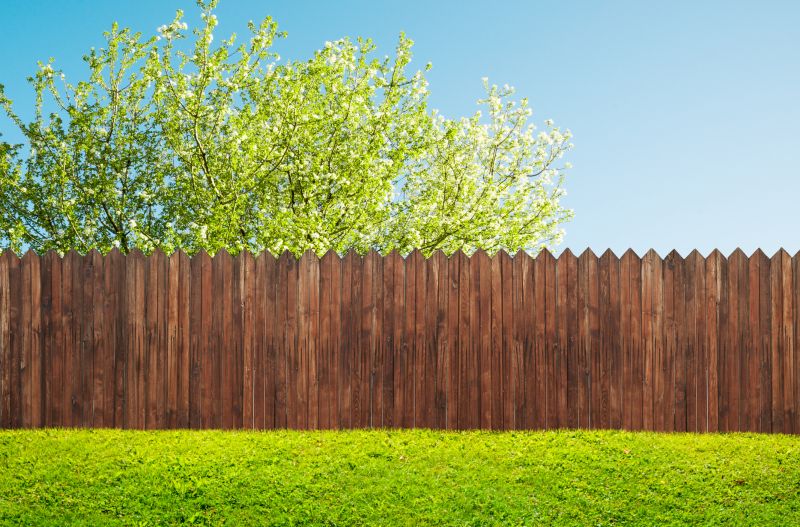
Warm weather allows for efficient installation with minimal weather disruptions.
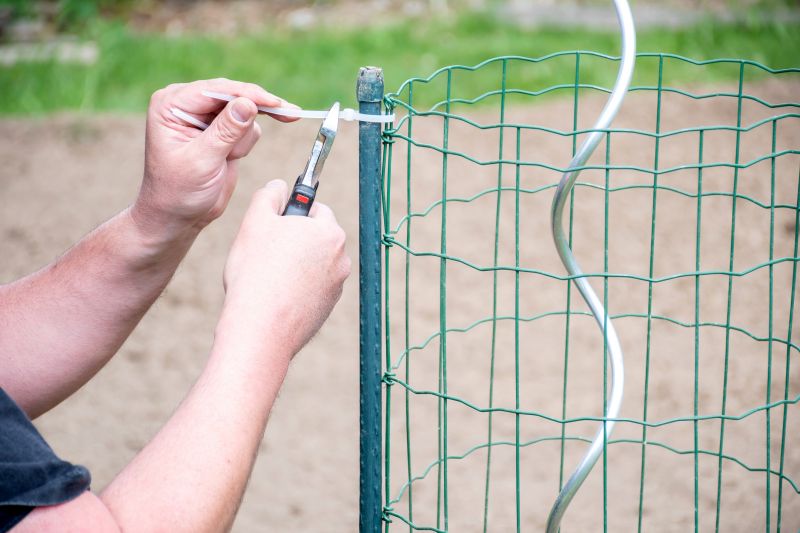
Spring is suitable for fixing damages caused by winter weather.
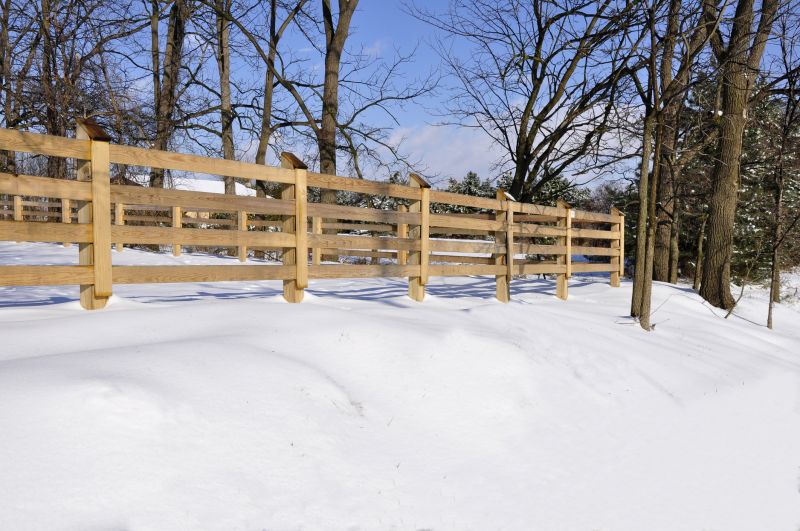
Preparing fences for winter weather helps prolong their lifespan.
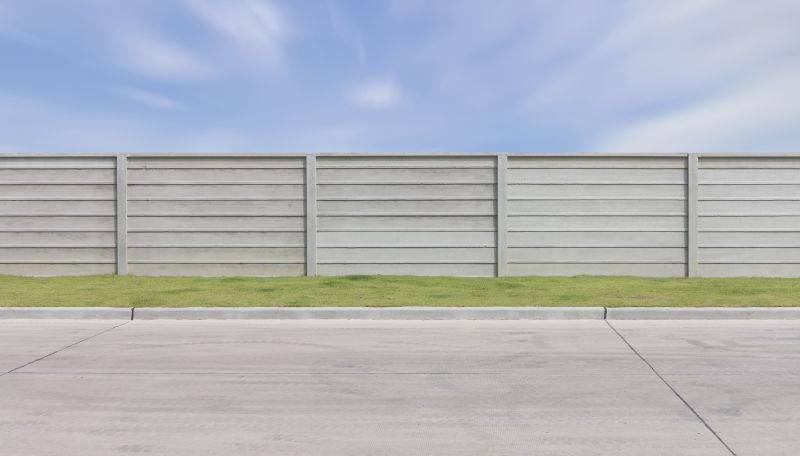
Ways to make Fence Service work in tight or awkward layouts.
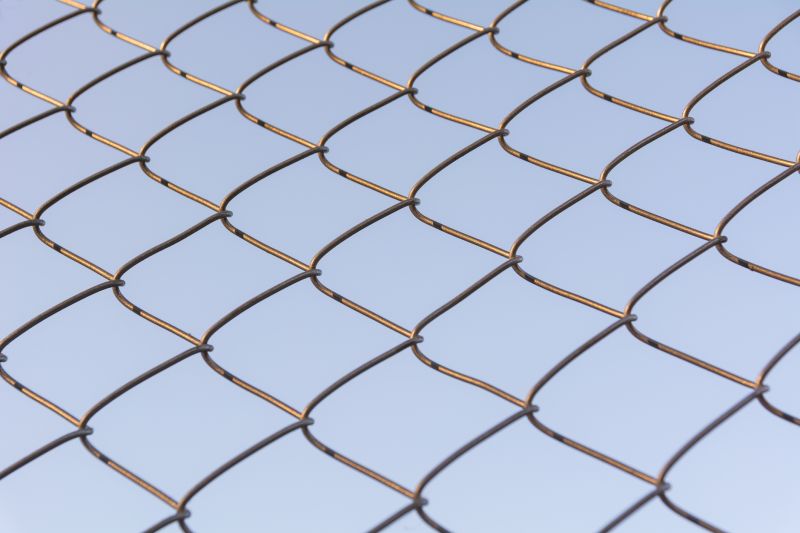
Popular materials for Fence Service and why they hold up over time.
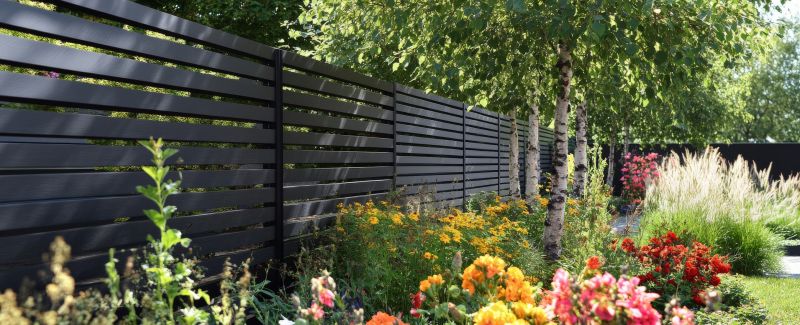
Simple add-ons that improve Fence Service without blowing the budget.
| Season | Best Activities for Fence Service |
|---|---|
| Spring | Repairs and maintenance after winter, staining, and sealing. |
| Summer | New installations, staining, and staining projects. |
| Fall | Repairs and preparations for winter weather. |
| Winter | Limited repairs, focus on inspections in milder days. |
Fence service is essential for maintaining property boundaries, enhancing privacy, and increasing curb appeal. Proper timing ensures fences are installed or repaired under optimal conditions, reducing the risk of damage and extending their lifespan. Seasonal considerations include weather impacts, ground stability, and material performance, all of which influence the success of fence projects.
Statistics indicate that fences installed during favorable weather conditions tend to last longer and require fewer repairs. For example, fences installed in summer can benefit from optimal curing conditions for certain materials, while fall repairs can prevent winter-related damages. Planning fence service according to seasonal trends can result in better durability and lower long-term costs.
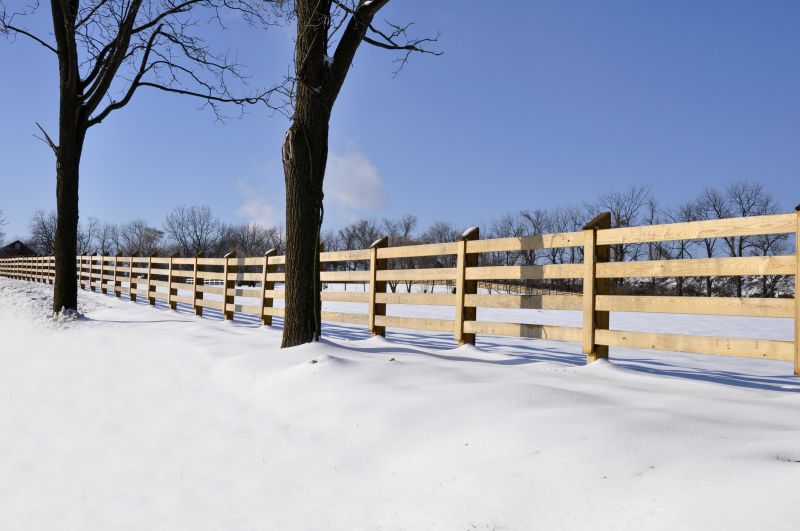
Address winter damages early to prevent further deterioration.
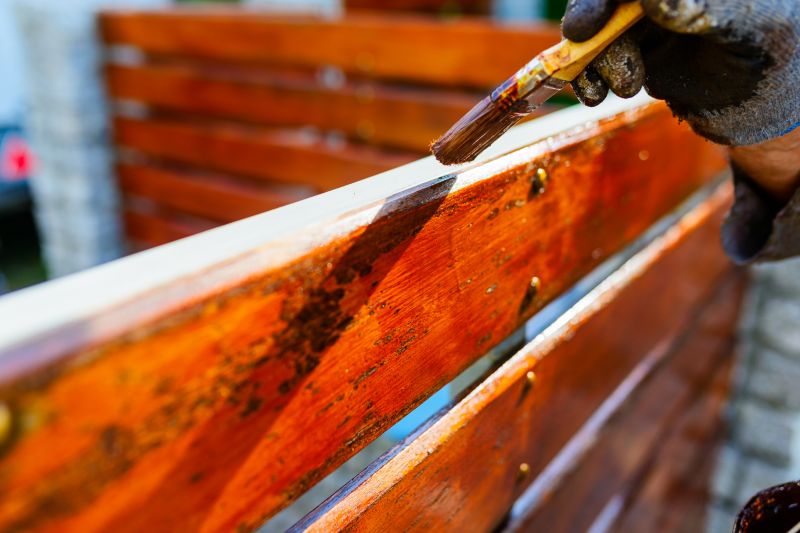
Enhances appearance and protects wood from UV damage.

Identify issues before winter weather sets in.

Limited repairs; focus on inspections and minor fixes.
Interested parties are encouraged to contact for more information or to schedule fence service. Proper timing and professional execution can ensure fences remain functional and attractive for years to come.


